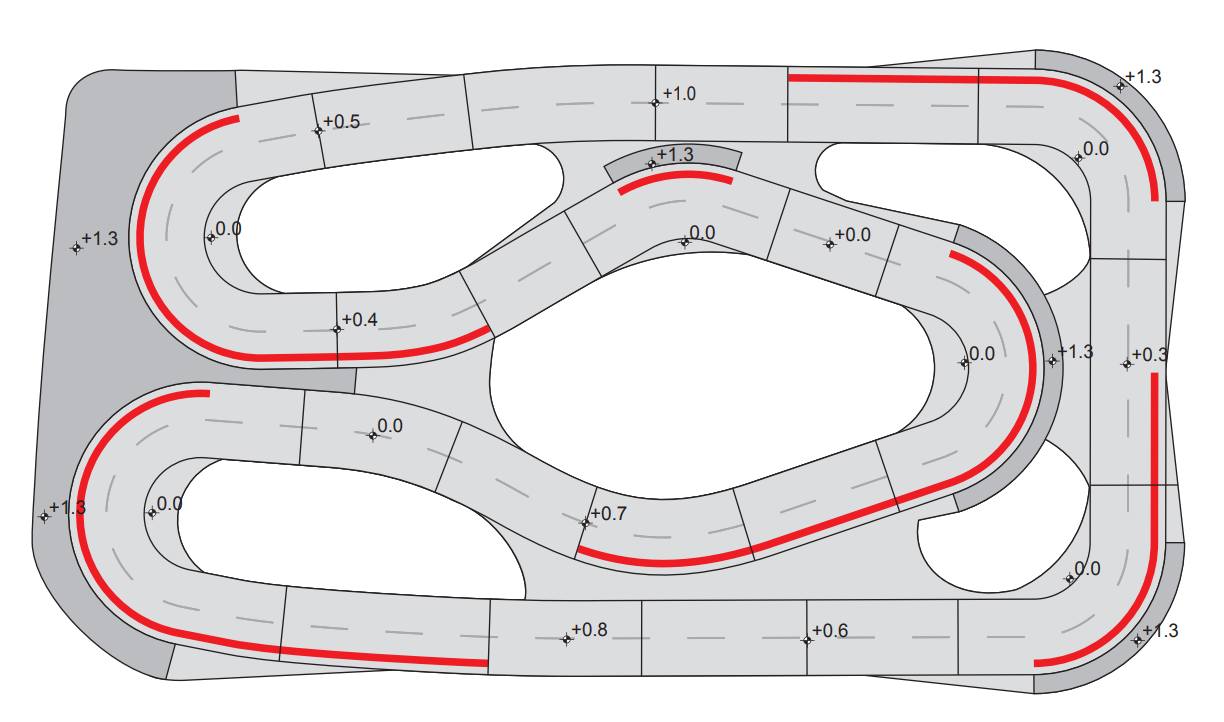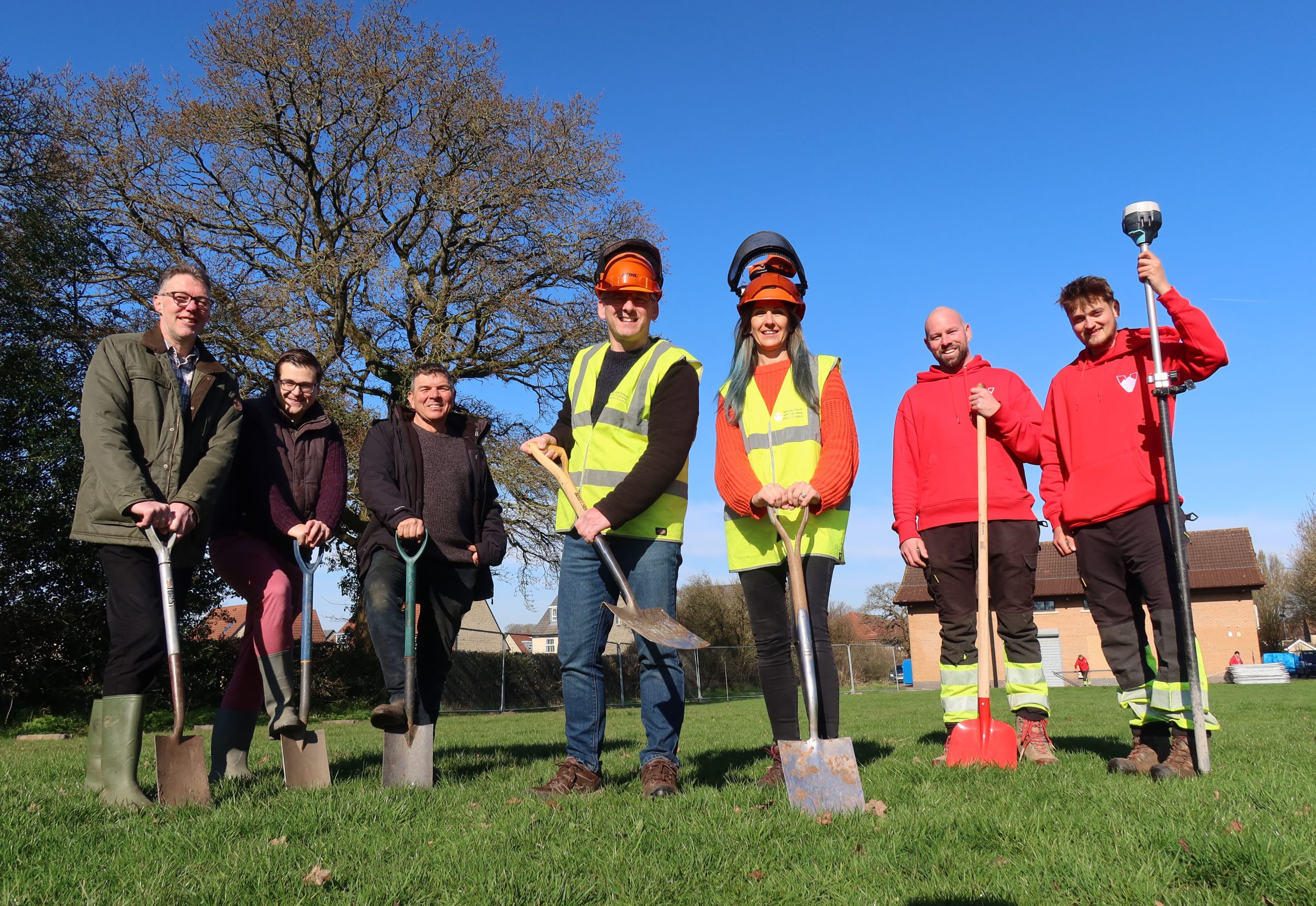| Subject: | Consultation response regarding Somer Valley Links proposals |
|---|---|
| Date: | Tue, 11 Mar 2025 16:39:38 +0000 |
| From: | Temple Cloud with Cameley PC <info@templecloud.org.uk> |
| To: | Somervalley_links@bathnes.gov.uk, David Wood Cllr <david_wood@bathnes.gov.uk> |
Dear Somer Valley Links consultation team,
Temple Cloud with Cameley Parish Council have asked me to raise the following concerns regarding the Somer Valley Links proposals for the bus stops in Temple Cloud. The Parish Council have received considerable feedback and concern from local residents regarding both the consultation process and the plans presented.
The Parish Council supports the goal of improving rural links, bus services and facilities and making bus transport more attractive for rural areas. The Parish Council has been liaising with local residents and BANES highways to address the highways issues through Temple Cloud.
The Parish Council does not consider that the plans submitted in this consultation achieve improving rural links without considerable detriment to both the existing rural highways infrastructure and to rural communities. It should be noted that these changes have not been requested by, and do not appear to benefit the residents of Temple Cloud. They come at considerable expense to taxpayers, and it has been suggested that the money could be better spent elsewhere improving potholes and road surfaces in and around the local area.
Temple Cloud is an Air Quality Management Area and suffers from high levels of pollution along the A37. The proposal to eliminate bus pull-ins and increase idling vehicles does nothing to address the pollution issues that are important for B&NES to address.
The concept in the plans seems to constrain and hinder rural transport networks as a means to try and encourage more public transport use. This may be debated as a suitable policy for urban and city center locations where infrastructure already exists with regular frequent reliable bus services, taxis and tube stations along with close access to education, retail, business and health services. However, in rural communities, access to these services are equally important and in many cases are simply not achievable by public transport. When local communities have lobbied for improved rural public transport, the response has been that the naturally lower concentration of housing in rural areas coupled with longer journey distances leads to lower economical viability for rural public transport which in turn means public transport is always less available in rural areas compared with high concentration urban areas. This has been demonstrated repeatedly with rural bus services constantly being cancelled or reduced to save money. This highlights the need to maintain and protect a free flowing well planned rural highways infrastructure that benefits public transport without hindering private transport that is critical for both day to day travel along with unhindered emergency access.
The plans to remove the pull in laybys for the buses are detrimental to the local community and it will result in considerable and unnecessary traffic congestion and slow down emergency response times and increase pollution. The result of removing laybys creates further pollution due to congestion and also puts lives at risk due to emergency vehicles being slowed down in queues waiting for buses. Furthermore, the improvement to the bus stops and rural links could all be achieved without the need to remove existing laybys and pull in areas for buses.
These pull in areas are important and required to allow both the flow of rural traffic and unhindered travel of emergency vehicles on the main highways. If every single bus that stops to pick up or drop off a passenger causes traffic to have to stop all along the highway, considerable traffic jams will hinder emergency vehicles, increase pollution and creates considerable traffic congestion. This will undo all the work BANES has put in to reduced the pollution in the air quality management area. The free flow of traffic in rural areas is important to reduce emissions, these plans will result in the opposite effect and increase emissions due to increased congestion. These plans will also lead to frustration for drivers and exasperate dangerous driving behaviour due to congestion.
School buses and coaches wait for considerable periods of time in the bus pull in areas during morning pick up cycles at these locations which further highlights the need to maintain these pull in areas and prevent a total blockage of traffic movement.
The recent experience of rural communities, including bus services in rural areas, has been that the consultations have simply been performed as a tick box exercise to meet legal requirements or present disingenuous claims of public support with no real intention to listen to the views of local communities or actual commitment to improve what seem to be pre decided plans and policies. The way these plans have been presented and the way these schemes have been forced through elsewhere have raised concerns among residents that this is happening again and it is sincerely hoped that the Somer Valley Links team will reconsider the plans submitted and work with local communities to come up with improved plans that are actually both beneficial and wanted by the local communities.
Please can you reconsider these plans and work with the local communities to achieve a better scheme. Please ensure you consider the bigger picture that joins up all the highways issues that need to be addressed and balanced for a rural community. The Parish Council is willing to both consult and support any attempt to work with rural communities to achieve this.
Kind regards,
Temple Cloud with Cameley Parish Council
- Posted: 11th March 2025






